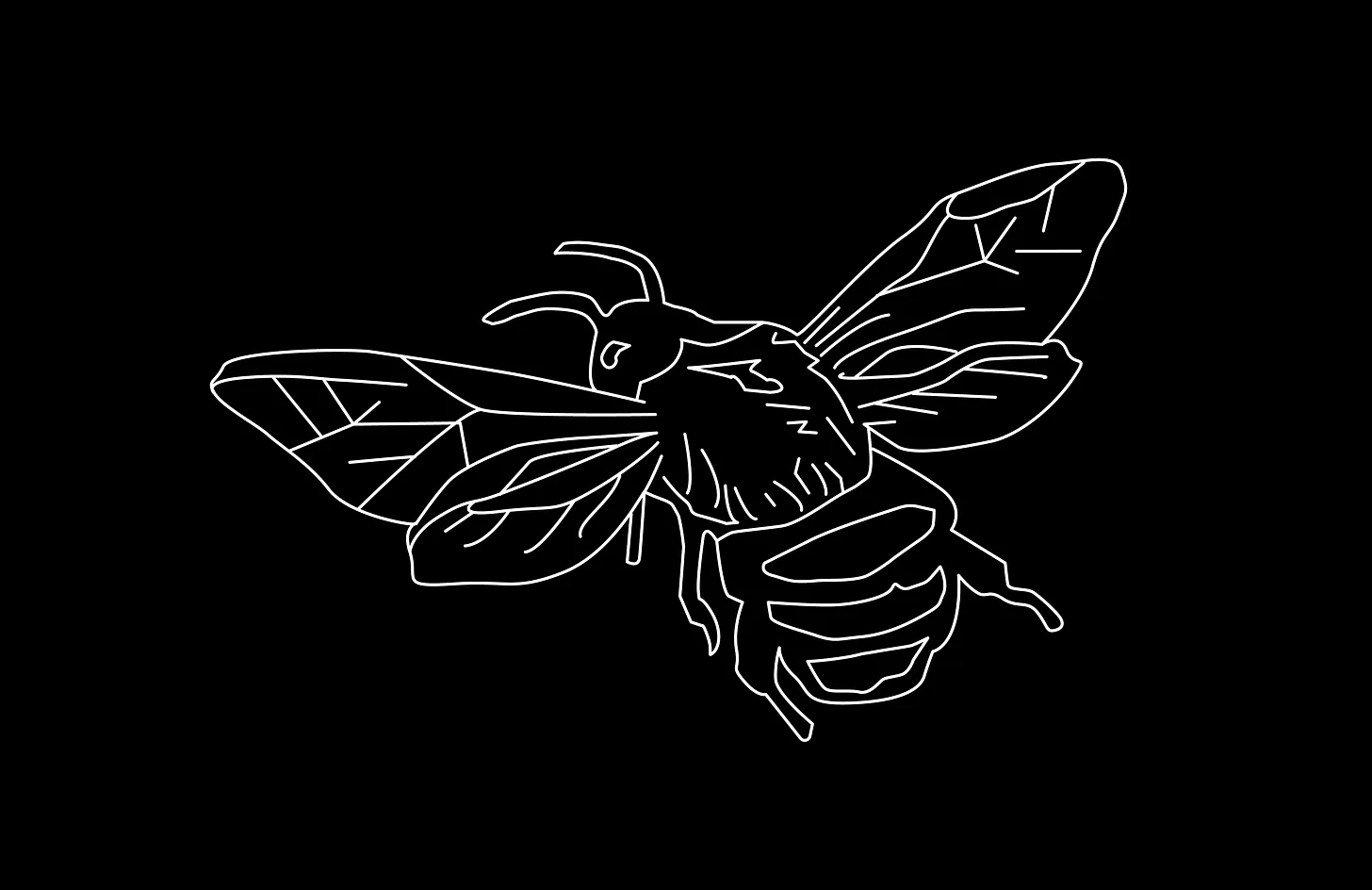Dutch graphic designer Robert “Ootje” Oxenaar created one of the most beautiful banknotes ever printed. Even more interesting, it was an accident.
Don’t get attached
Abandon ideas readily to build your creative success.

Paper currency, commonplace today, has a rich history. Consider the evolution from early 19th-century Dutch guilders printed on plain cardboard or playing cards (image on the left, below) to the more sophisticated designs of the 20th century (right).

Ootje Oxenaar, a designer who contributed to the creative evolution of currency, was known for his intelligent and slightly subversive humor. He brought this humor to the serious business of currency design.
For example, on the 1000 Guilder banknote, Ootje incorporated his fingerprint into the hair of the Dutch philosopher Spinoza, a playful act that reflects his character.

“On the 1000 guilder note, it became a ‘sport’ for me
to put things in the notes that nobody wanted there!
I was very proud to have my fingerprint in this note — and it’s my middle finger!
It was too late when they found out and though
the director saw it he said he wouldn’t stop the whole production.”
— Ootje Oxenaar
Oxenaar not only took a whimsical approach to the “rules” of currency design, but also to his solutions. He had talent and a readiness to abandon and transform ideas.
Before personal computers, commercial art was hand drawn, photographed, and photo-typeset.
Artwork had to be carefully cut, positioned, layered, and glued on paper boards with rubber cement. With clear notes and instructions, these final artboards, like an architect’s building plans, were used by printers to produce the necessary color separations for printing.
Ootje’s process for the 50 guilder Sunflower note entailed this meticulous craftsmanship. However, on his way to present the final concept to the central bank executives in Amsterdam, something changed.

Carrying his concept boards in a plastic folder, Ootje boarded a train and walked through Amsterdam to his meeting.
When he presented the concept—a detailed close-up illustration of a sunflower on the right balanced by a large san-serif “50” on the left—he noticed the bee was no longer in the place he had glued it.
In transit, the bee had come loose, slid across the board, and landed on the flower, where it reattached and stayed.

Ootje, surprised, neither mentioned it nor moved it back. The approved banknote went into final production with the bee on the flower where it landed.
Ootje’s ability to create the unexpected and embrace unplanned change illustrates a valuable lesson in creativity.
It’s easy to get attached to our ideas. But this holds us back.
If we obsess about perfecting and preserving our first thoughts, we’ll struggle to create new and valuable work. Because when we feel attached to a solution, we stop looking. We ignore or minimize the significance of anything that challenges our view.
Yet, sometimes, a better idea is one step beyond the idea you can’t let go of. Attachment stands in the way.
Exploring new ideas and experimenting means accepting failure, success, and the serendipity of accidents, mistakes, and play.
Don’t get too attached to creative concepts. Actively cut them apart, rearrange them, or set them aside.
Let go, and you, too, may land somewhere new.

SOURCE: Originally published in Creative For Creatives on Substack.